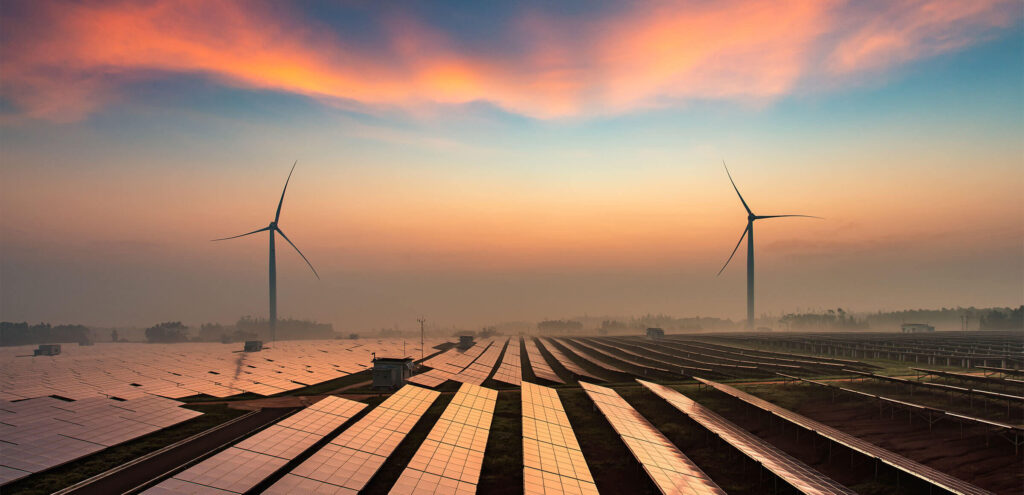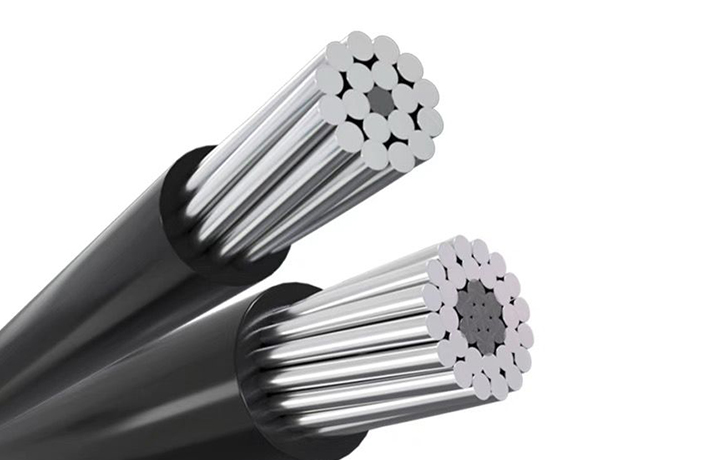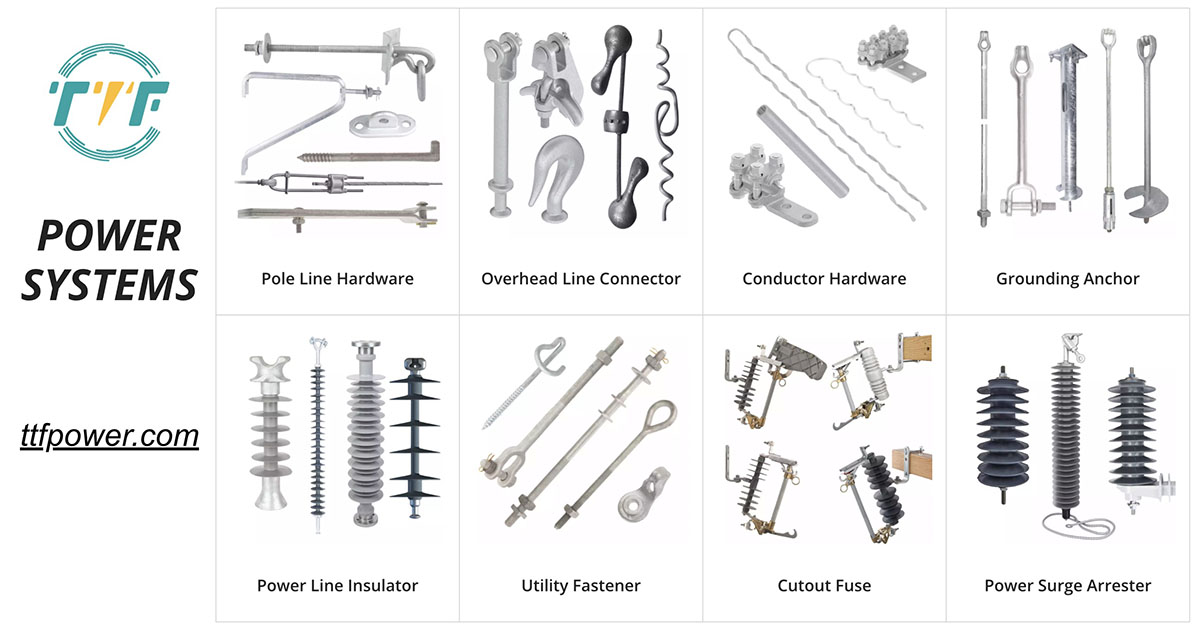
Chile’s renewable energy sector has been increasing over the years, changing the energy industry. This change results from the interplay of beneficial natural circumstances, encouraging government initiatives, and private sector funding. In December 2024, 47.0% of Chile’s electricity came from non-traditional renewable sources. Chile possesses many renewable sources, including solar energy, wind energy, hydropower, and geothermal energy. The generation from these renewables increased by 16.6% month-over-month to 3,451 GWh in December. This energy originates from areas such as the Atacama Desert, coastal regions, and the Andes mountains. Moreover, the reduction in the prices of solar PV and wind energy technologies enhances the competitiveness of renewable energy projects. Transitioning to renewable energy improves energy security by broadening the energy mix and lowering dependence on fossil fuels and imports. ACSR cables facilitate the growth and upkeep of energy systems for renewable energy sources.
Chile has been investing in renewable energy sources like solar and wind projects. This expansion needs the upgrading of transmission lines to connect these renewable sources to the national grid. ACSR cables have high tensile strength and conductivity relevant to expansion of transmission lines. This is essential for transmitting electricity from renewable sources over long distances to urban centers. They also ensure efficient distribution of energy. ACSR cables ease the integration of renewable energy sources and support the development of energy storage systems. This is essential for managing the variable nature of renewable energy in Chile. Chile is modernizing the energy infrastructure by integrating smart grid technologies to manage energy demand and supply. This supports the integration of renewable energy into the main electrical grid.
Crucial factors contributing to the increase of renewable energy’s sector in Chile
The increase in renewable energy share in Chile is due to natural benefits, governmental backing, economic elements, and technological progress. Ongoing investment in grid systems, energy storage solutions, and sustainable project advancements will support the retention of the renewable energy share. Nonetheless, this encounters many challenges such as grid congestion, intermittency, along with social and environmental issues. Tackling these issues might establish Chile as a frontrunner in regional renewable energy implementation. Outlined below are the elements boosting the renewable proportion in Chile.

- Rich natural resources – the Atacama Desert in Chile receives intense solar irradiation. This makes it perfect for large-scale solar photovoltaic installations. The shorelines and hilly areas offer wind resources for power production. It possesses potential for hydropower and geothermal energy.
- Supportive government initiatives – Chile plans to reach 70% renewable energy in its electricity mix by 2030 and achieve carbon neutrality by 2050. There are also tax breaks and subsidies for renewable energy initiatives that help draw in investors.
- Decreased costs of renewable technologies – the drop in prices for solar PV and wind turbines renders renewable energy projects competitively priced with fossil fuels.
- Energy security and diversification – Chile relies on imported fossil fuels, rendering its energy supply susceptible to price fluctuations. Energy diversification decreases Chile’s dependence on one energy source. This enhances the resilience of its energy system.
- Technological progress – advancements in battery energy storage solutions assist in tackling the inconsistency of solar and wind energy. Investments in smart grid technology and transmission systems have enhanced the capacity to distribute renewable energy nationwide.
The functions of ACSR cables in renewable energy development in Chile
Aluminum conductor steel-reinforced (ACSR) cables enable efficient transmission and mitigate grid congestions in Chile. The cables enable efficient, reliable, and cost-effective power transmission. they also ensure durability and comptibility with Chile’s diverse and challenging environmental conditions. At TTF Power, our products are used in the construction, transportation, gas and water industries. Products include construction and switching products, tools, insulators, arresters, pole line hardware, and cable accessories. The following are the functions of a ACSR cables in renewable energy development.

- Power transmission – ACSR cables send electricity generated from renewable energy sources to the grid.
- High strength-to-weight ratio – The steel core in ACSR cables provide high tensile strength. This allows them to span over long distances without sagging.
- Corrosion resistance – the cables provide good corrosion resistance which ensures long term reliability.
- Cost effectiveness – ACSR cables are more cost-effective compared to other conductors. They help reduce the capital expenditure of projects in Chile.
- Thermal stability – the cables are able to handle high temperatures and thermal expansion. This is important for maintaining performance under various load conditions. This enables the cables to send power wothout degradation due to heat.
- Supporting grid stability – ACSR cables maintain grid stability by sending power from intermittent renewable sources to high demand areas.
